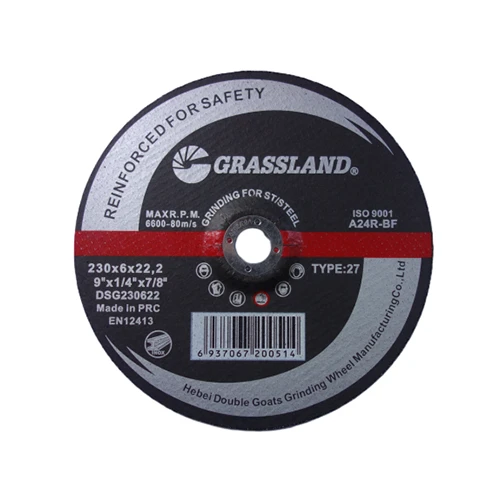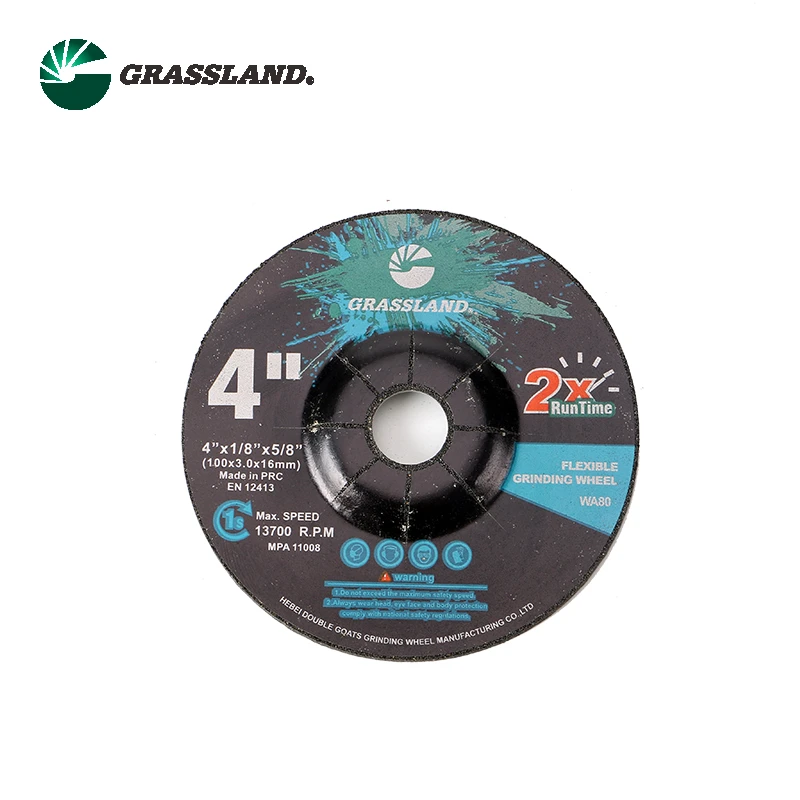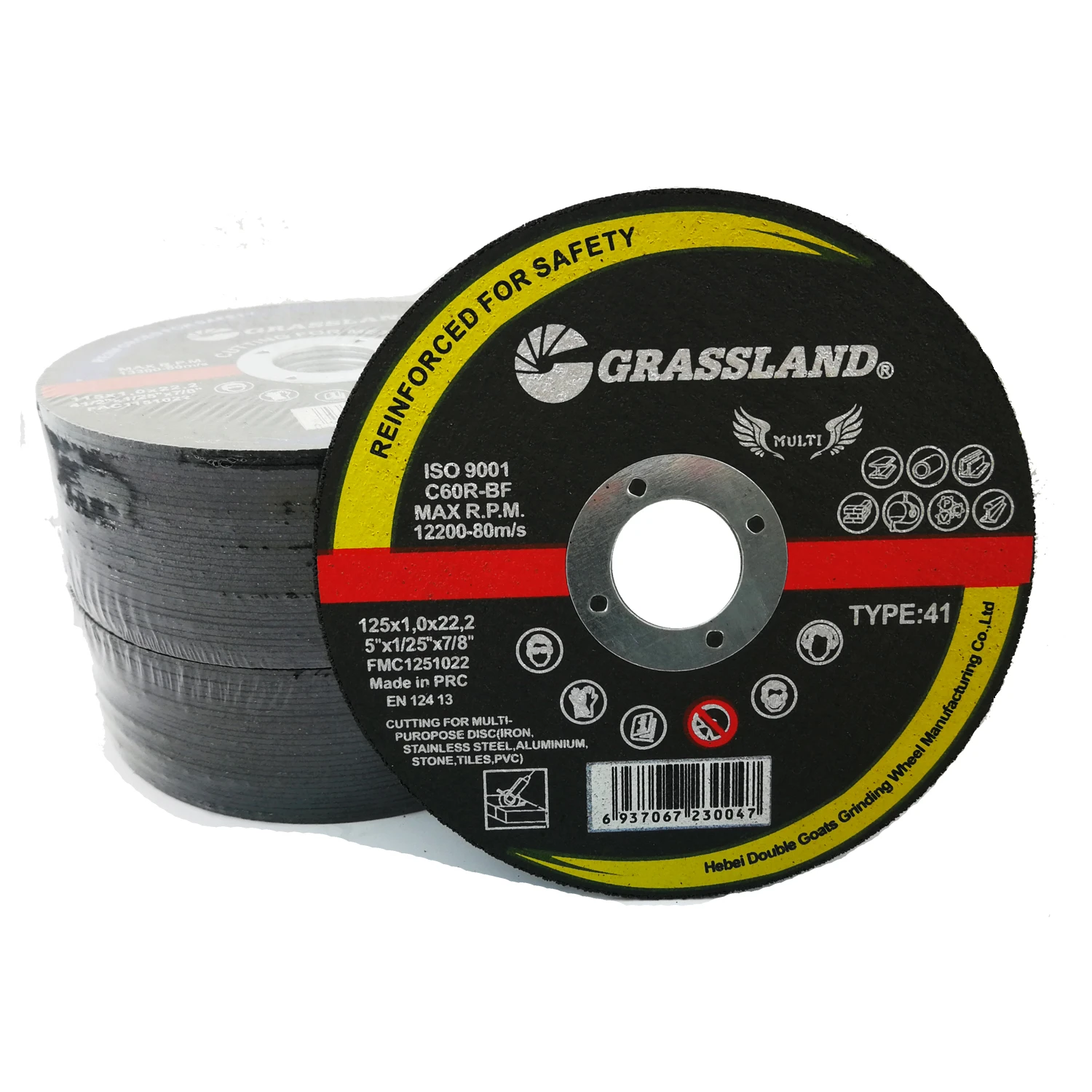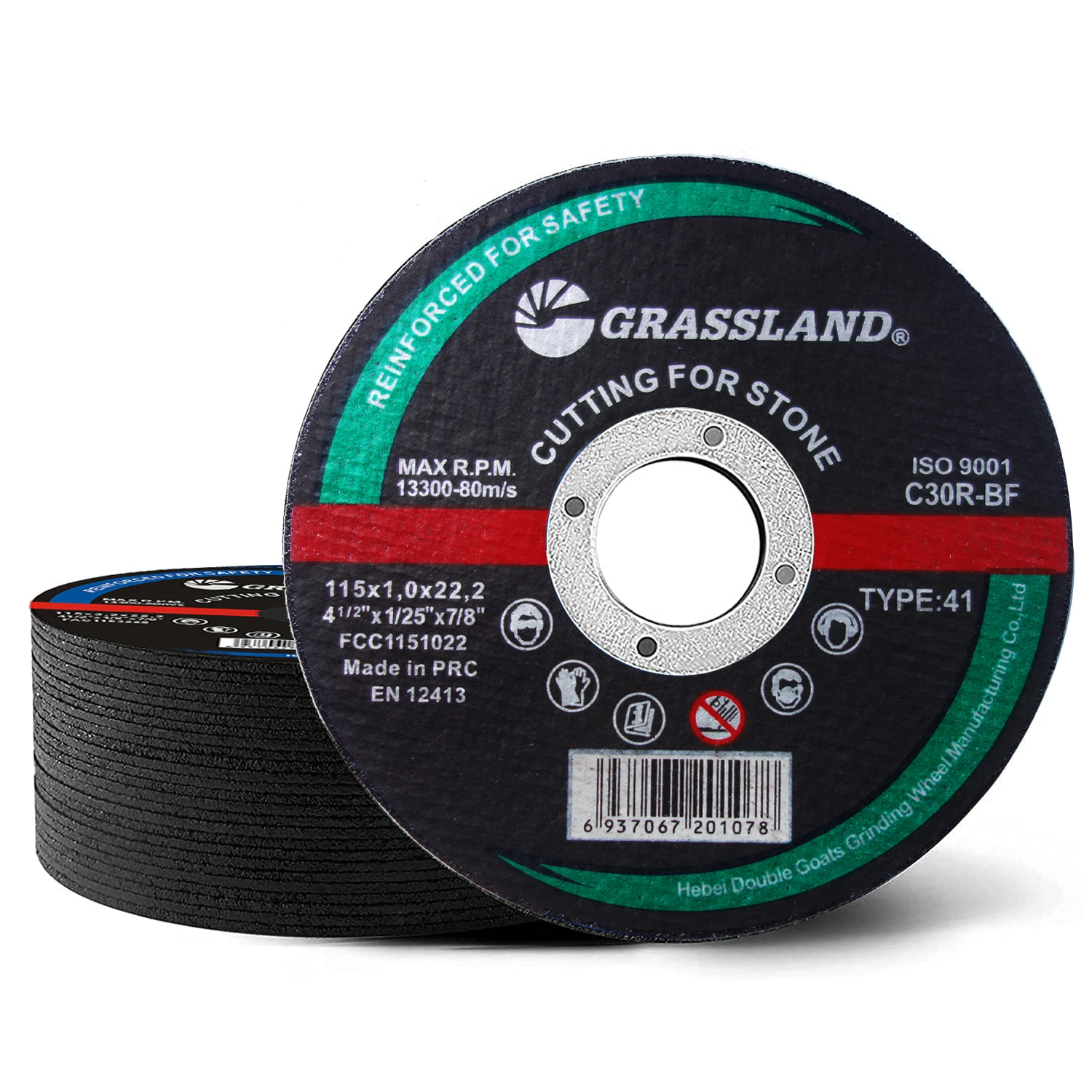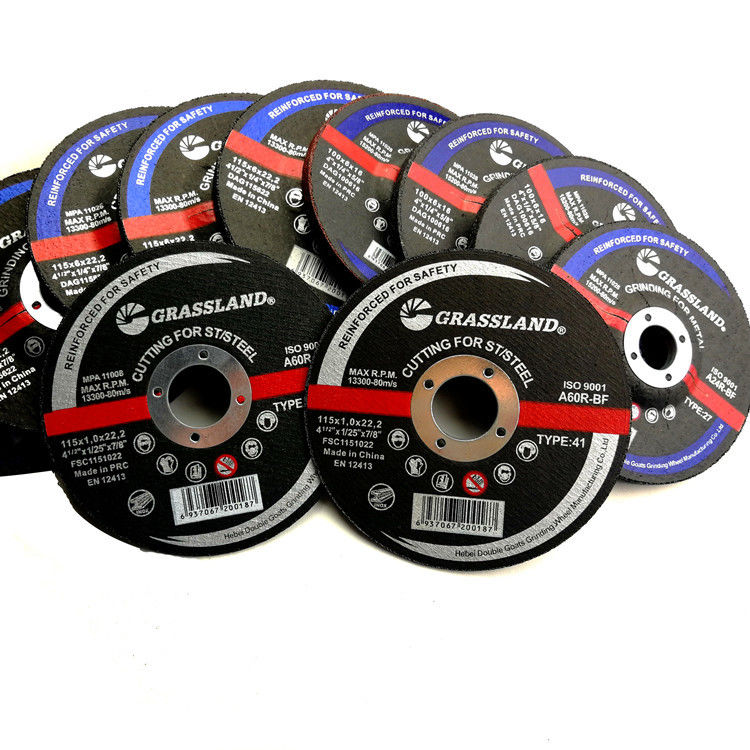The Essential Guide to Metal Cutting Discs
In the realm of metalworking, precision and efficiency are paramount. One of the most essential tools in this domain is the metal cutting disc. These discs are critical for fabricating, shaping, and finishing metallic materials, and understanding their characteristics can significantly impact the quality of your work.
What Are Metal Cutting Discs?
Metal cutting discs, also known as abrasive discs or blades, are circular tools used in various cutting machines. They are made from a variety of materials, ranging from aluminum oxide to diamond-infused resins. Each type of disc is designed for different applications, making it crucial to select the right one for your specific needs.
Types of Metal Cutting Discs
1. Abrasive Discs These are the most common type of metal cutting discs. Made from materials like aluminum oxide and zirconia, abrasive discs are ideal for cutting tough metals like steel and stainless steel. They are known for their durability and ability to withstand high temperatures.
2. Diamond Cutting Discs These high-performance discs are embedded with diamond particles, making them suitable for cutting hard materials, including stainless steel and even masonry. While they tend to be more expensive than abrasive discs, their longevity and efficiency often justify the price.
3. Flexible Discs Flexible metal cutting discs offer a blend of rigidity and ease of use. Their construction allows for smoother cuts and can be particularly effective for grinding and finishing operations. They are best used for smaller tasks where precision is crucial.
disco de corte metalico

4. Thick vs. Thin Discs Thick discs are generally more durable and are used for heavy-duty cutting tasks. Conversely, thin discs provide faster cuts and are employed when speed and clean finishes are priorities. However, they may wear out quicker and can be more susceptible to breakage under excessive pressure.
Choosing the Right Disc
Selecting the appropriate cutting disc depends on various factors, including the type of metal, the thickness of the material, and the specific application. For example, an abrasive disc might work well for general use, while a diamond disc would be best suited for cutting through harder metals.
It's also essential to consider the RPM (revolutions per minute) rating of the disc. Each disc is designed for specific operating speeds, and exceeding these ratings can lead to breakage and dangerous situations.
Safety Considerations
Working with metal cutting discs can pose certain risks, so adhering to safety guidelines is critical. Always wear appropriate personal protective equipment (PPE), including safety goggles, gloves, and hearing protection. Ensure your workspace is free from hazards, and make sure your tools are well-maintained. Before using a cutting disc, inspect it for any cracks or damage—never use a disc that shows signs of wear.
Conclusion
Metal cutting discs are integral tools in the metalworking industry, enabling craftsmen and engineers to execute precision cuts across a range of applications. By understanding the different types of discs and their appropriate uses, you can enhance both the quality and efficiency of your projects. Remember, safety is paramount; always use the right protective equipment and inspect your tools frequently to ensure a safe and productive work environment. Investing in high-quality cutting discs and understanding their application will ultimately lead to better results and a smoother workflow in all your metalworking endeavors.
Post time:Nov - 27 - 2024








